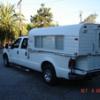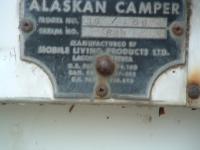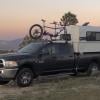Alaskan manufacturing history, comparative quality (older vs. newer)
#1

Posted 28 September 2010 - 01:51 AM
It was suggested that I post this as a different topic, that others can contribute to from their perspective.
I read that at one time there may have been several manufacturing plants in the US/Canada churning out Alaskans. Obviously, all those plants have now gone away and the new Alaskans are all made in the same place, in Washington State. Was that re-consolidation caused by a decline in annual sales of Alaskans, possibly due to competition from cheaper or other types of truck campers. And did these "satellite" plants make the Alaskans from scratch, using design documents provided by the mother-ship company, or simply assemble them using parts shipped to them by the mother-ship? If the former, did the quality of craftsmanship vary greatly from plant to plant? That kind of historical perspective interests me for some reason...
Also, I wonder how Alaskan "purists" would compare the kind of craftsmanship of the older models (60's, 70's) with the new models rolling out the assembly line now (which I assume, possibly have a greater proportion of pre-formed components, plastics, etc...)?
Rusty wrote:
as to quality....the originals were well done, some plants did a better job than others but in the 80's the quality dropped a bit....vinyl covered paneling and fronts were substituted for real wood paneling of the 60's and 70's.
The campers built by Bryan and the crew in Washington are a far cry from all of that cost cutting and cutting corners thing. Well built, wood cabinets, full electronics, better hydraulics, Bells, Whistles, and now with the advent of computers I'd imagine something to call the dog in.....maybe not.
Full solar systems and external showers are on the upgrade list also
Kevin wrote:
I think they were built from blueprints and all built the same with the exception of some small items like the jack. I have a hydraulic pump with a separate reservoir instead of a jack and it looks like it is original.
The question about craftsmanship new verses old I would say the quality is the same, with the bonus for the new ones because they are lighter. I cannot really judge the new ones though having not owned one.
Any other insights and opinions out there, based on your experience?
#2

Posted 09 October 2010 - 09:11 PM
From 1987 to about 1994 I had an NCO 8 that was built in ’53 (the first year they were built) or ‘58. The id tag was too corroded to make out the date for sure. I now have a 2005 NCO 8. The heritage is obvious, but the new one is much improved.
The old one was in bad shape when I got it – serious rot lots of places, but the price was right. What I remember most is that the wood used in the interior was magnificent and the cabinets were really well built. Much of the wood paneling on the inside of the upper unit was seriously damaged from being wet, but you could tell it had been very nice when new. Unfortunately, I couldn’t use the camper with the original floorplan, so I took the whole interior out. When I did, the floor fell out too. Seems it was just edge nailed from the sides... into plywood??? Not the best way to do things.
The lower unit was 4’ wide on the outside for the entire length of the camper, and the upper unit was several inches narrower than the current models as well. Mine didn’t have overhead cabinets either, so the storage space was seriously limited. But there was enough room for what I wanted to do, and in the end, it turned out fine. I do recall having to put a turnbuckle and chain across the door opening on the lower unit so the door would stay latched when travelling. So there were some structural issues which, from what I’ve read, are still in evidence on later units – but not on my new one.
One nice feature is that there were two pin positions on the hydraulic pistons so you could raise the upper unit just enough for sitting headroom. The door latch had an extension rod on it so you could open the door with the latch hidden behind the lower door. It had a nice steel/enamel sink which I kept, and a metal water tank I pitched. The ice box was OK, but the insulation was a disaster and had to be redone.
I don’t know if this was an Alaskan option, but mine came with a hydraulic stand that seemed pretty unique. The stand and the front floor of the camper had small diameter, wide metal rollers bolted on. The way this worked was you raised the camper stand up slightly above the height of the truck bed, positioned the truck in front, and then just pushed the camper into the truck. It rolled along on the camper rollers and stand rollers just fine until it was all but a foot in, and then clunked off the last roller on the stand. I asked the previous owner how he got it in the last foot and he said he just backed it into a tree! I guess that explained a few dents in the door.
Overall, I’m very pleased with my new camper. I built most of the interior myself, so I can’t comment on those features. But the camper itself is well made. I think Brian has kept a very solid team at the factory and that’s what’s most important. As far as materials, the laminate on the interior walls may not be quite as elegant as the old wood was, but it’s a lot more practical. It won’t rot.
The plywood, what I’ve had to saw through, is good stuff. The sealers used on the exterior are superior to the putty tape used in the old days. I got the insulated floor option and that, I think, makes the entire camper much more rigid, even if a bit taller. No problems with the door flopping in the breeze. The floor is attached with aluminum angles front and back. These are solid and sell sealed. I wouldn’t recommend it, but I bet you could lift the whole camper with two jacks on diagonal corners.
The extra width in the upper unit really helps and full width behind the wheel wells in the lower unit is much better. Mine has non-standard full width in front of the wheel wells which maximizes interior volume. I also rigged a frame mounted propane tank, so that’s not taking up space inside.
I’m not exactly in love with the Herr slider windows they use now, but I’m not sure there is anything better that would work in a telescopic camper. Overall, I think the new Alaskans are better from making use of modern materials, still well built, and still a unique design that provides advantages none of the others can match.
Tris
#3

Posted 17 October 2010 - 01:17 AM
I like the idea of the two pin positions, one for sitting and one for standing inside.
The hydraulic stand and rollers sounds very interesting too, whether that was factory issue or added by a clever owner.
I imagine that no two Alaskans were ever totally the same, especially since I gather that some were built in different factories at one time. Also, I suppose that all kinds of people have added all kinds of ingenious and clever additions to their Alaskans over the years, to personalize them or improve on some of the original design elements.
Anyway, glad you are enjoying your new Alaskan as much (if not more) than the old one!
Cheers,
--Robert
#4

Posted 22 April 2011 - 02:50 PM
Around 1976 thru 1979/80 or so, they tried using foam to insulate the campers but "it didn't work out too well". They went back to batts, until the improved foams came around, which they use today.
What this means exactly I don't know- effective insulating failure over time (probably) and only means that great camper you bought is not as well insulated as you might have thought.
The company changed hands early '90s correct? Even Brian seemed a little fuzzy about some of the details prior to his tenure at Alaskan. This makes sense. His job is producing campers, not as a historian of obscure manufacturing practices.
#5

Posted 26 April 2011 - 12:51 AM
for a few seconds at least......
2003 Ford 250 Superduty Crew.... 7.3L PowerStroke diesel 1970 10" NCO Alaskan Firestone airbags pulling a 18' Silver Streak runabout
#6

Posted 29 April 2011 - 02:00 AM
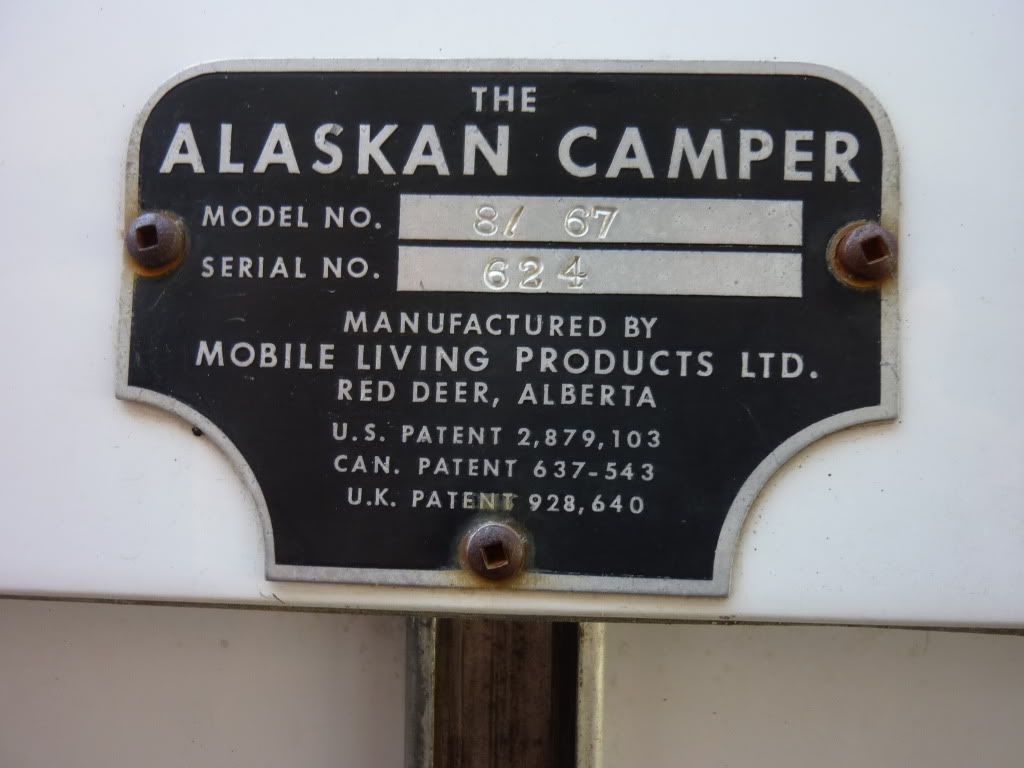
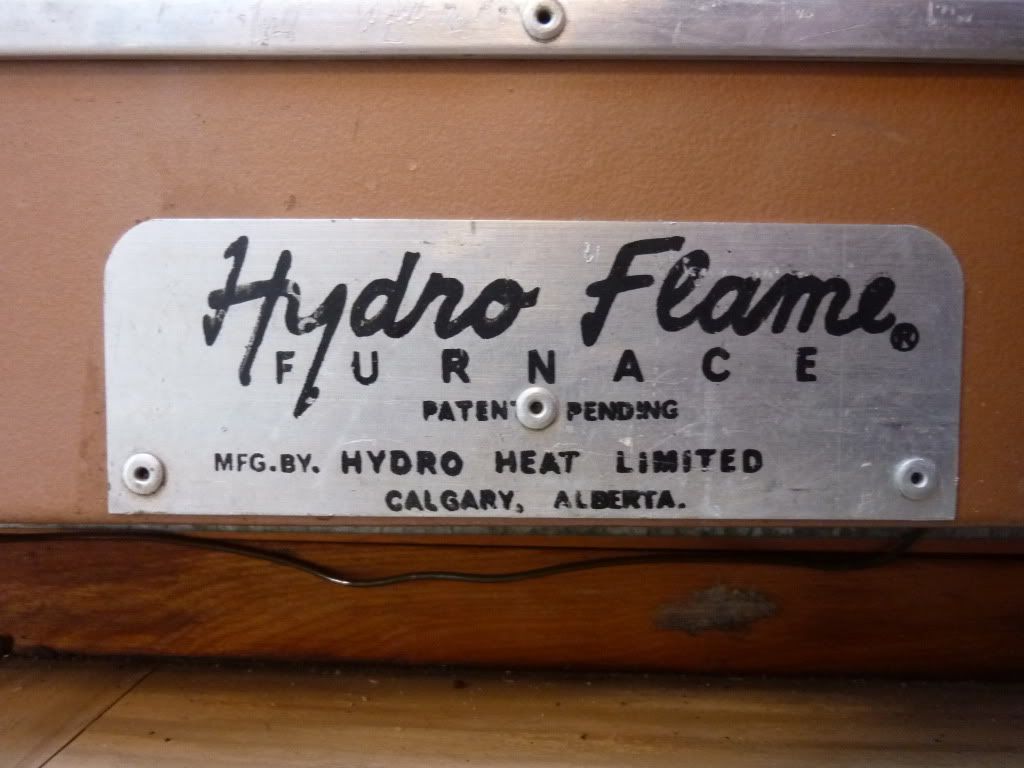
#8

Posted 18 March 2021 - 04:09 AM
I have a 1968 10' non cabover that was built at a small plant in Lacombe Alberta. It was purchased by my dad and as a kid it was quite a thrill to visit this camper facility. Obviously as I still have it and use it the build quality was exceptional. I am a retired RV tech and have seen a lot of different products over the years and nothing really compares to the Alaskans. This camper has now seen 4 generations of our family sleep in it and it just keeps rolling along.
#9

Posted 18 March 2021 - 02:02 PM
Hey Golds, that's great that you could keep your Alaskan in the family for so long.
As far as comparative quality from different times and plants, I was impressed with my 1978 Alaskan built in Manheim, PA.

Matching wood grain on cabinet doors:


And no particle board.
#10

Posted 26 May 2021 - 12:36 PM
What years had particle board?
0 user(s) are reading this topic
0 members, 0 guests, 0 anonymous users



